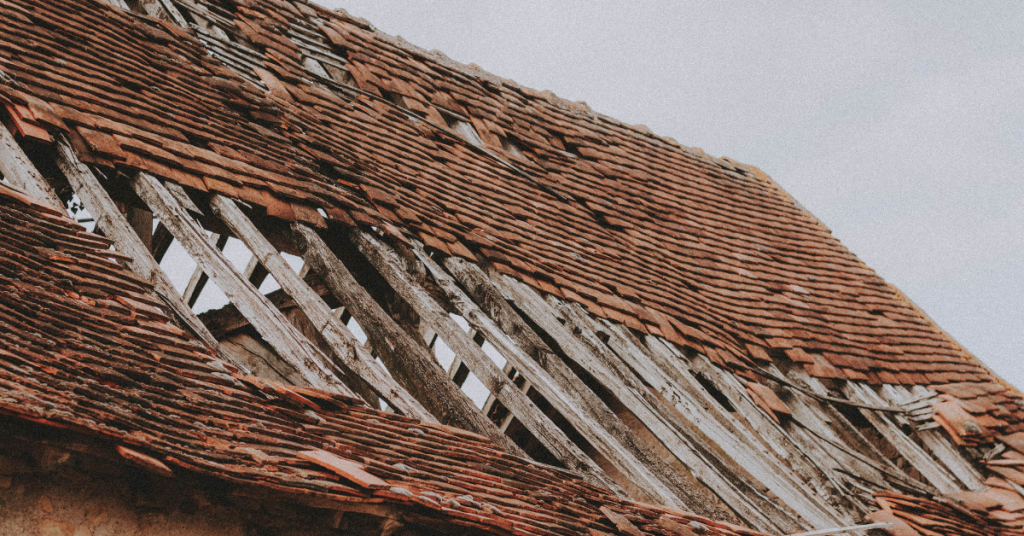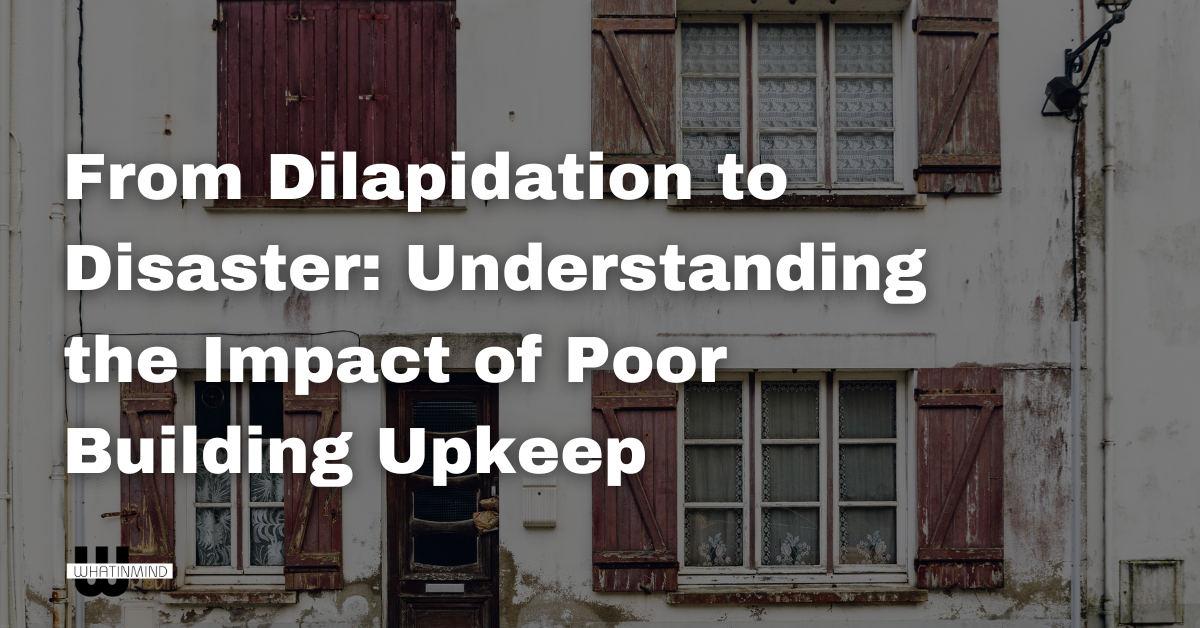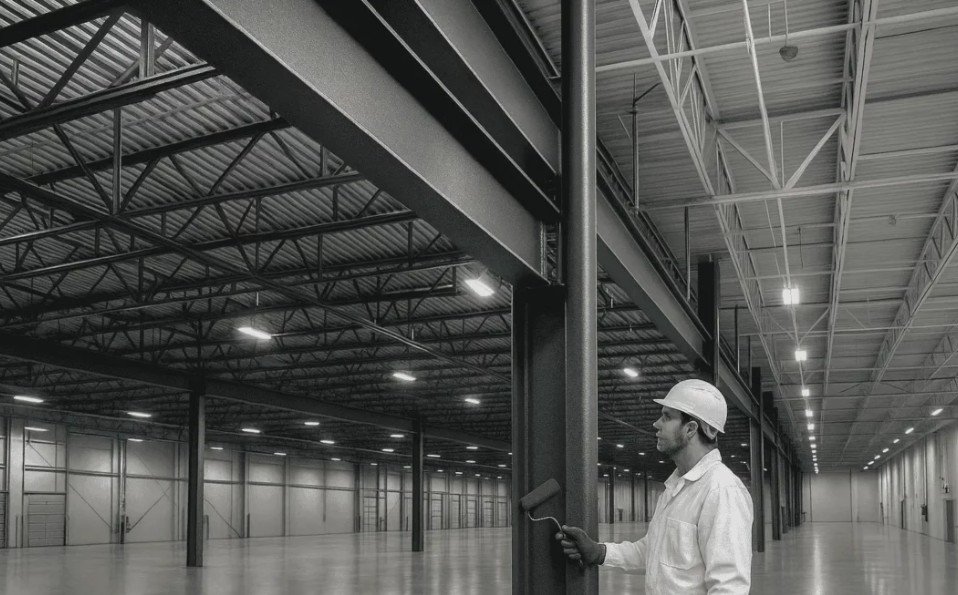In the sprawling urban landscapes and quaint suburban neighborhoods, buildings stand as silent sentinels of human habitation. However, behind their sturdy facades lies a delicate balance between maintenance and decay. When this balance is disrupted, the consequences can be dire, leading from mere dilapidation to catastrophic disasters.
In this article, we delve into the intricate web of factors that contribute to the decline of buildings due to poor upkeep and explore the far-reaching impacts of neglect.
Table of Contents
The Foundation of Neglect
Every structure, whether a towering skyscraper or a humble abode, relies on a solid foundation to endure the test of time. Yet, even the strongest foundations can succumb to the relentless forces of nature and neglect. Poor building upkeep often begins with neglecting the fundamentals – cracks in the foundation, leaks in the roof, or faulty wiring left unattended. These seemingly minor issues, when left unchecked, can escalate into major problems, compromising the structural integrity of the entire building.
The Domino Effect
Neglect extends beyond a singular facet of building upkeep; instead, it initiates a cascade of deterioration. For instance, a leaking roof might precipitate water damage, fostering mold growth, and thereby compromising the integrity of walls and ceilings. Similarly, disregarded plumbing can lead to water seepage, instigating corrosion and eventual structural collapse.
Each overlooked element of building maintenance catalyzes progressive decay, heightening the peril of structural failure. In severe cases, the presence of mold may necessitate professional mold removal in Orem, UT, to mitigate health hazards and prevent further damage.
Environmental Impact
Beyond the confines of the building itself, poor upkeep can have profound environmental implications. Leaking pipes and faulty HVAC systems contribute to water and energy wastage, exacerbating the strain on natural resources.
Moreover, neglected buildings often become eyesores in the community, detracting from the aesthetic appeal of the surroundings and lowering property values. The environmental footprint of neglected buildings extends far beyond their physical boundaries, affecting the broader ecosystem and community well-being.
Economic Ramifications
The cost of neglect is not merely measured in terms of physical damage but also economic terms. Deferred maintenance may seem like a cost-saving measure in the short term, but it inevitably leads to higher expenses in the long run. Repairing extensive damage or, worse, rebuilding from the ground up can incur exorbitant costs, far surpassing the expenses of routine maintenance.
Moreover, neglected buildings may face legal repercussions, such as fines for code violations or lawsuits from tenants injured due to unsafe conditions. The economic toll of poor building upkeep extends to property owners, tenants, and taxpayers alike, draining resources that could be allocated to more productive endeavors.
Human Consequences

Perhaps the most tragic aspect of neglecting building maintenance is its impact on human lives. Crumbling infrastructure, exposed wiring, and compromised fire safety systems pose grave risks to occupants and passersby. In neglected buildings, the specter of disaster looms large, with the potential for accidents, injuries, and even loss of life.
Furthermore, deteriorating buildings often become havens for crime and illicit activities, endangering the safety and security of the surrounding community. The human toll of poor building upkeep is immeasurable, leaving scars that extend far beyond physical damage.
The Way Forward
Addressing the scourge of neglected building maintenance requires a multifaceted approach encompassing proactive measures, policy interventions, and community engagement. Property owners must prioritize regular inspections and maintenance to identify and address issues before they escalate.
Governments and regulatory bodies play a crucial role in enforcing building codes and standards, incentivizing maintenance through tax breaks or subsidies, and providing resources for rehabilitation efforts. Community involvement, including neighborhood watch programs and advocacy groups, can raise awareness about the importance of building upkeep and hold negligent property owners accountable.
In Conclusion
From dilapidation to disaster, the trajectory of neglected buildings is a cautionary tale of the consequences of inaction. The impact of poor building upkeep reverberates through the fabric of society, affecting the environment, economy, and human well-being. However, it is not a fate set in stone but rather a challenge that can be addressed through collective action and foresight.
By recognizing the significance of building maintenance and taking proactive steps to preserve our built heritage, we can ensure a safer, more sustainable future for generations to come.




